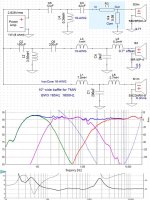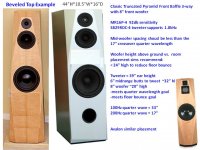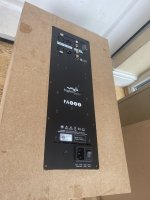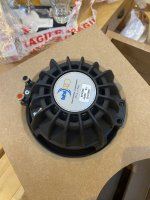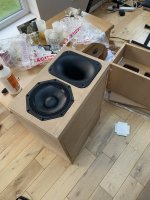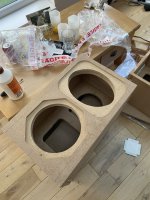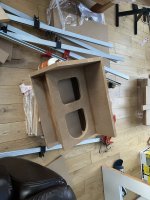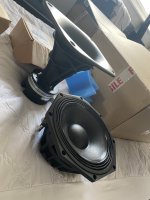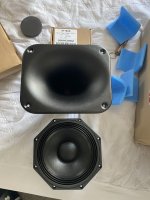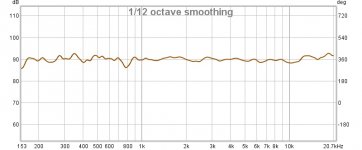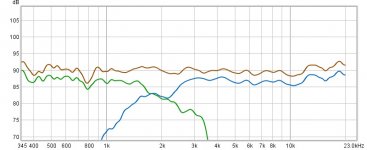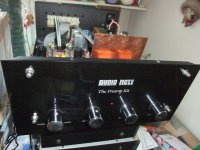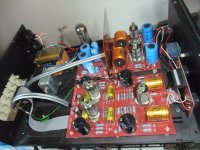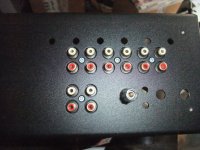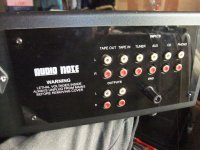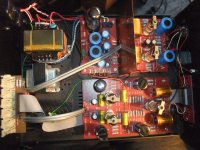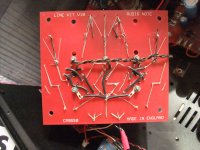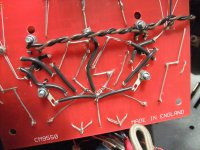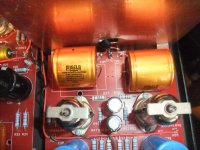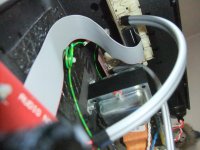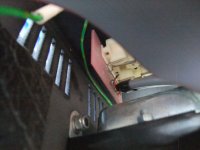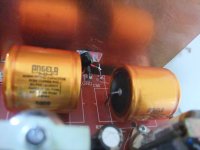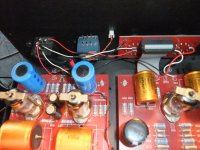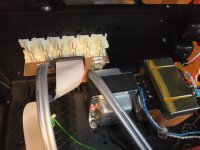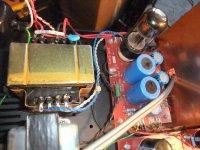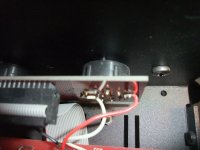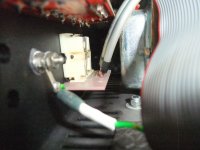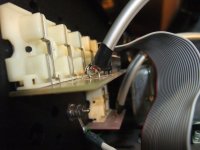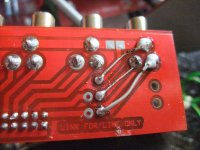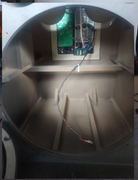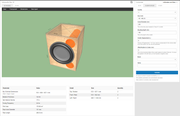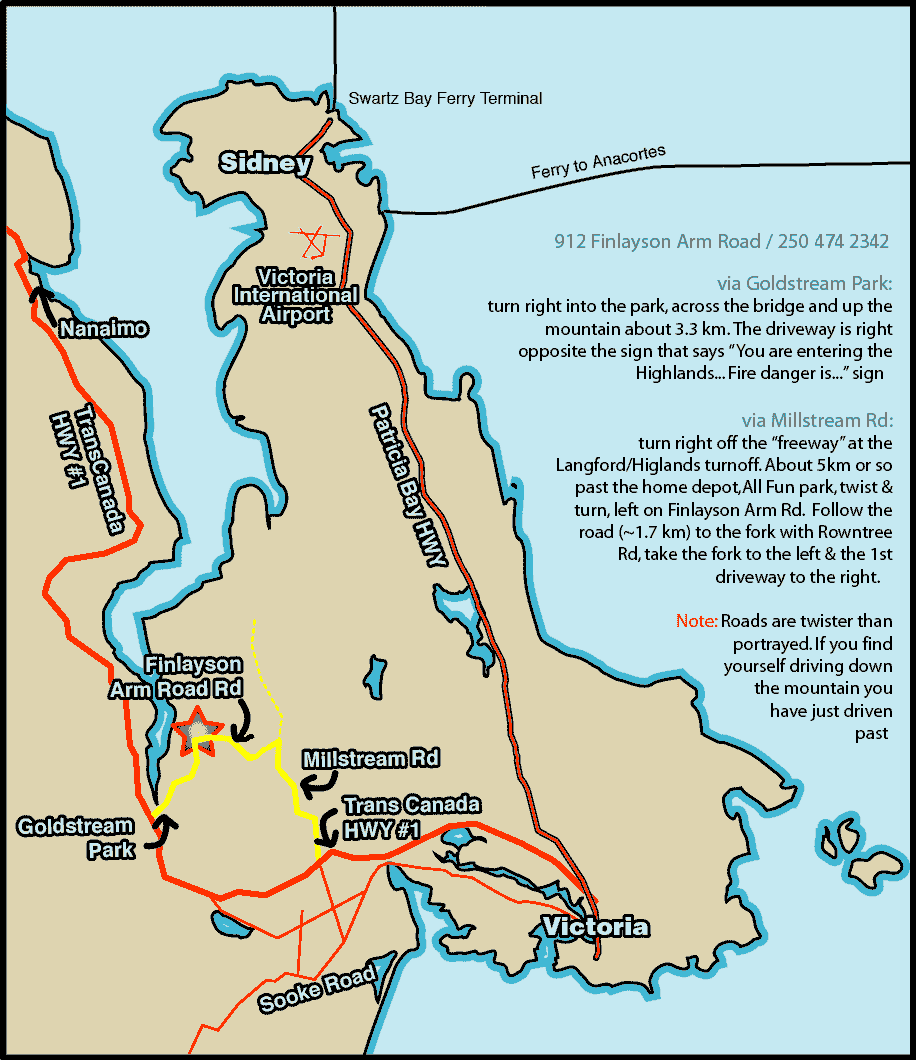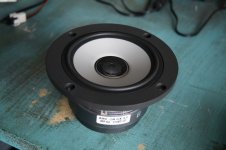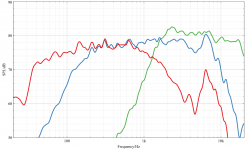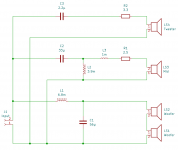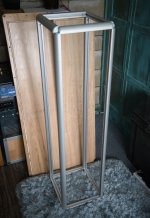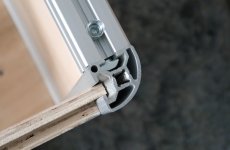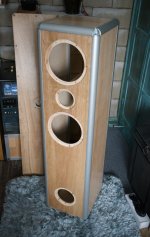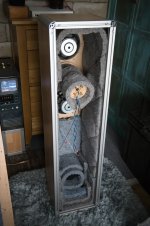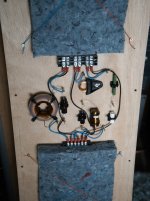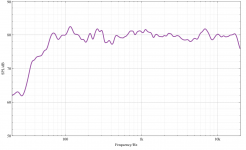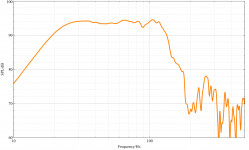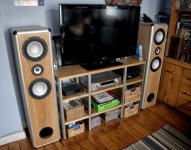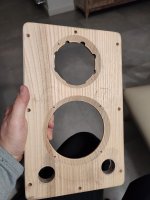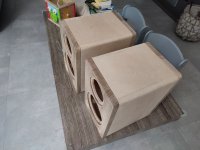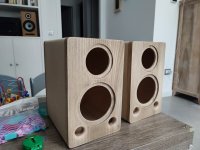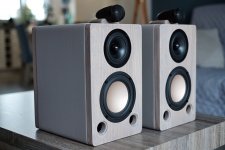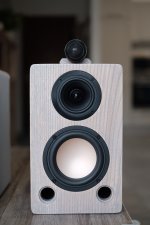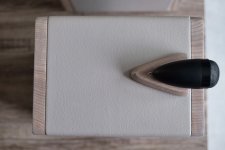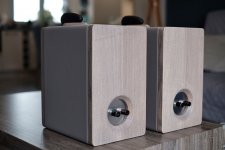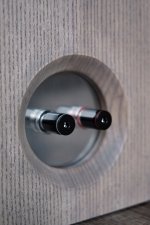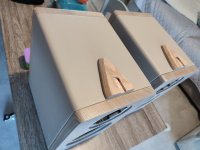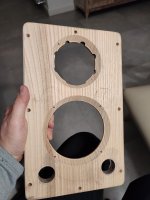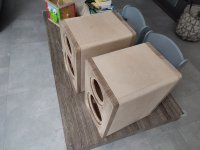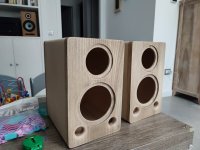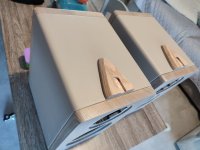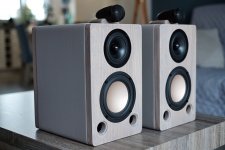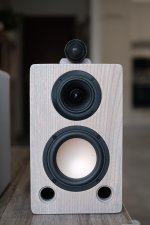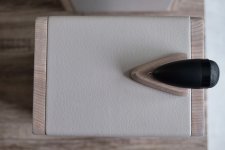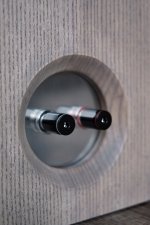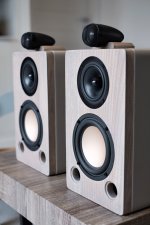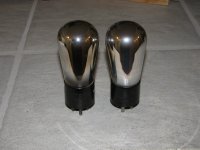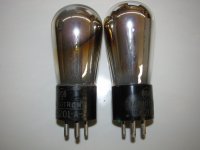Along the years, I have accumulated a number of ideas, circuits, topologies, etc., and withheld the ones that had no immediate use, in the hope of using them later, patenting some, etc.
Since this will not happen now, I prefer to release them for the benefit of the community, and make them public rather than let them go to waste.
Many of them have no direct relationship with audio (but who knows?), which is why this is posted in "Everything else".
They are completely free to use, by anyone, for any purpose: you can use them as you like, even commercially, and you do not even need to acknowledge the origin: the concept could be hidden inside a product without anyone knowing but you: absolute public domain, totally unrestricted.
What you cannot do is restrict the public domain, by claiming it is your invention or IP, patenting it, etc. They have to remain available for all, without restriction.
If you devise a significant improvement based on them, you have the right to claim the IP as yours for that aspect, but it is something I discourage: please remain in the spirit of this thread, and offer your own contribution to the community.
I have no realistic way of enforcing those conditions, but plunderers beware: the DIY community is extremely vigilant, and they will contest any tentative of sneaky appropriation (I had an occasion to see that vigilance in action).
If you notice a material error, please mention it. Chances are low, because most have been tested in some way, but one is never 100% certain.
These ideas are offered for what they are worth, and they are free, so no need to complain: if you don't like them, ignore them and move along...
The first concept is a logarithmic, current-mode, AD converter. A bit outlandish at first sight, but it makes sense in the right context.
This converter takes a current as an input, and converts it into a digital value representing the logarithm of the current.
This is useful in optical power measurement: the front-end of the instrument typically delivers a current proportional to the incident power (a photodiode), and due to the large dynamic range, the output is displayed as dB.
Optical measurements have a particular quirk: the photo-current is proportional to the incident optical power. This means that in order to cover 80dB, which is reasonable for an ordinary power-meter, you need to cover a 160dB current range, which is not exactly trivial.
The standard solution nowadays would involve a precision opamp operating as a TIA, followed by a very high resolution AD converter and digital processing to display the dB value relative to 1mW.
It is however possible to dispense with the heavy artillery.
You can integrate the current with a simple capacitor, and compare the resulting voltage ramp to a suitable reference waveform. This will generate a gating window, proportional to the logarithm of the current. Converting a time period into a digital form is then the easiest thing to do.
Feeding the unknown current directly into an integrator has a number of advantages: a current can cover many decades without being affected by thermoelectric voltages, and the integrator has an inherent low-pass behaviour, helping to filter the noise.
The slope-based nature of the converter lends itself to auto-zero and offset elimination: switches are needed anyway to reset the integrator(s).
In its simplified form, the circuit would look like this:
Now, we have to find a suitable reference waveform. We want the intercept point t=log i (dropping all the constants required for units consistency, etc)
As i=cu/t, t=log cu/t.
In fact the slope is inverted: the time increases when the current decreases: an inversion or a negative sign in front of the log is required: t=-ln cu/t
Take the exponential of both sides e^(-t)=cu/t, and u=t e^(-t), dropping another constant.
The bare-bone function looks like this (blue):
The green is the ramp generated by the integrator (this is the graphing tool:
https://www.mathsisfun.com/data/fun...xmin=-5.029&xmax=5.029&ymin=-3.000&ymax=3.000)
How can you generate the reference waveform? It is extremely simple, you just need to integrate and differentiate a step using passive, RC circuits, with a buffer in-between.
The order doesn't matter, but it may impact the performance: with the integrator last, the waveform will be filtered, but the offset of the buffer will be present. With the differentiator last, no offset, but the noise will be unattenuated.
This sim illustrates the concept in its most basic form, with spice building blocks.
B is the output of the passive integrator after the step, and C the final output.
This pic shows the waveform with various slopes, decades apart:
It is not very legible in linear mode; this is the same in log mode:
It becomes clear that the intercept points for each decade are separated by the same time interval. This shows that the scheme is functional.
It has its issues, of course: nothing is perfect. For example, the integrator's slope cannot be steeper than the reference waveform at the origin.
When you go deeper in the -dB region, the comparator needs to resolve small voltages, but that is something slope-based converters have become very good at.
You need to do your homework, and compute all the constants according to your application: I only show the fundamental principles, not the gory details, but it can be made to work, and very effectively.
I post the sim file, and if you want the log display, you need to reload the plot setting
